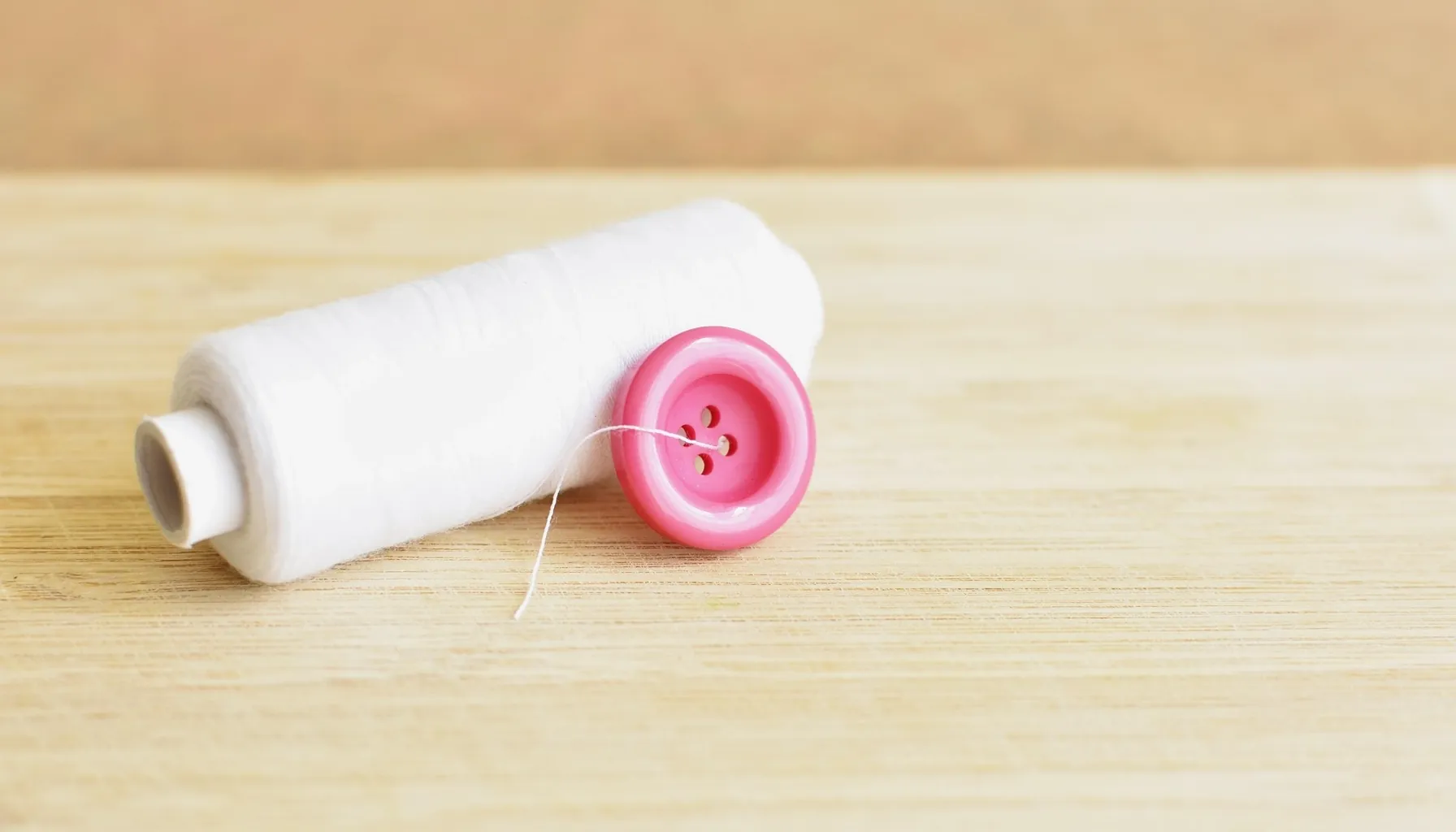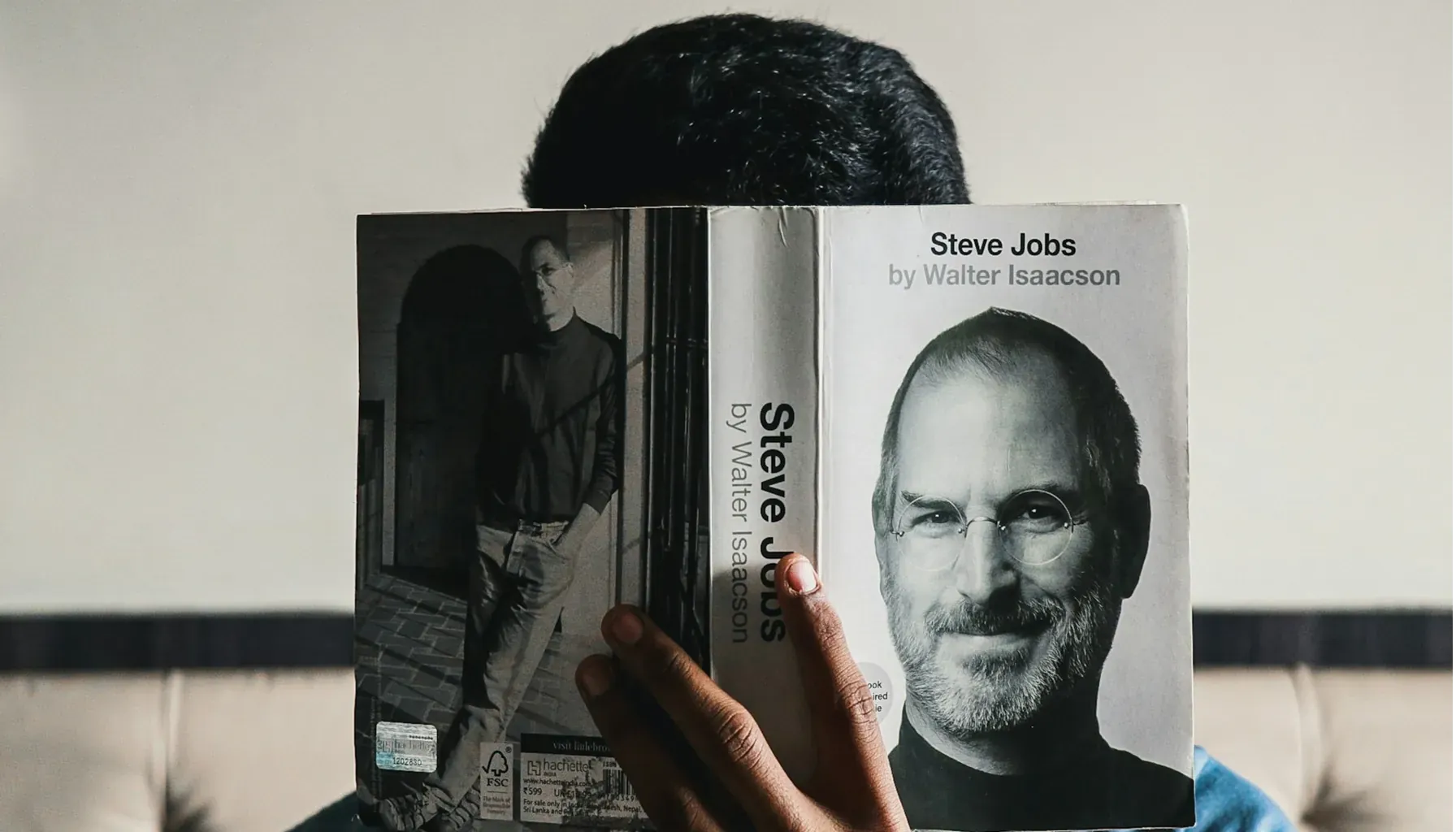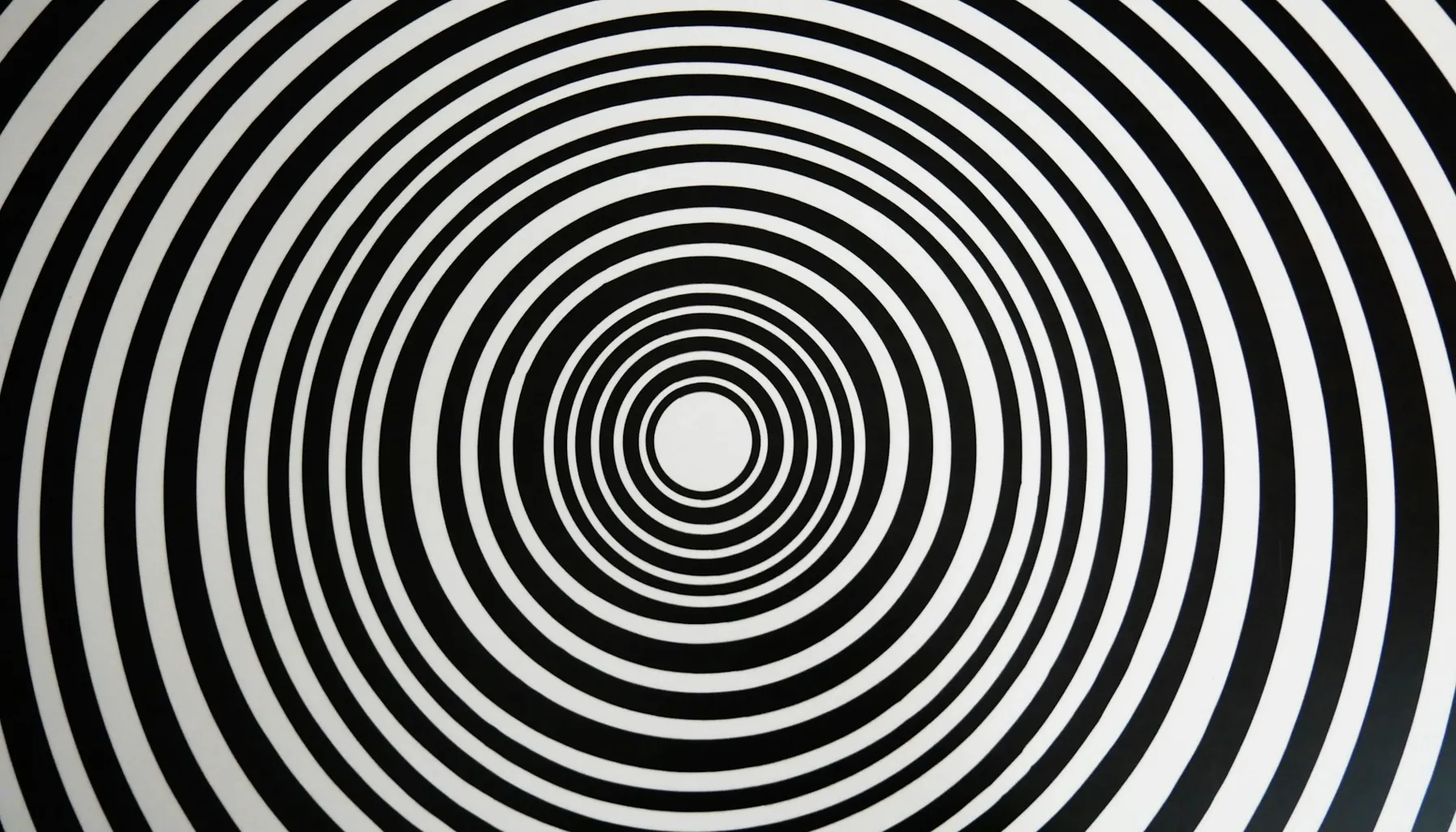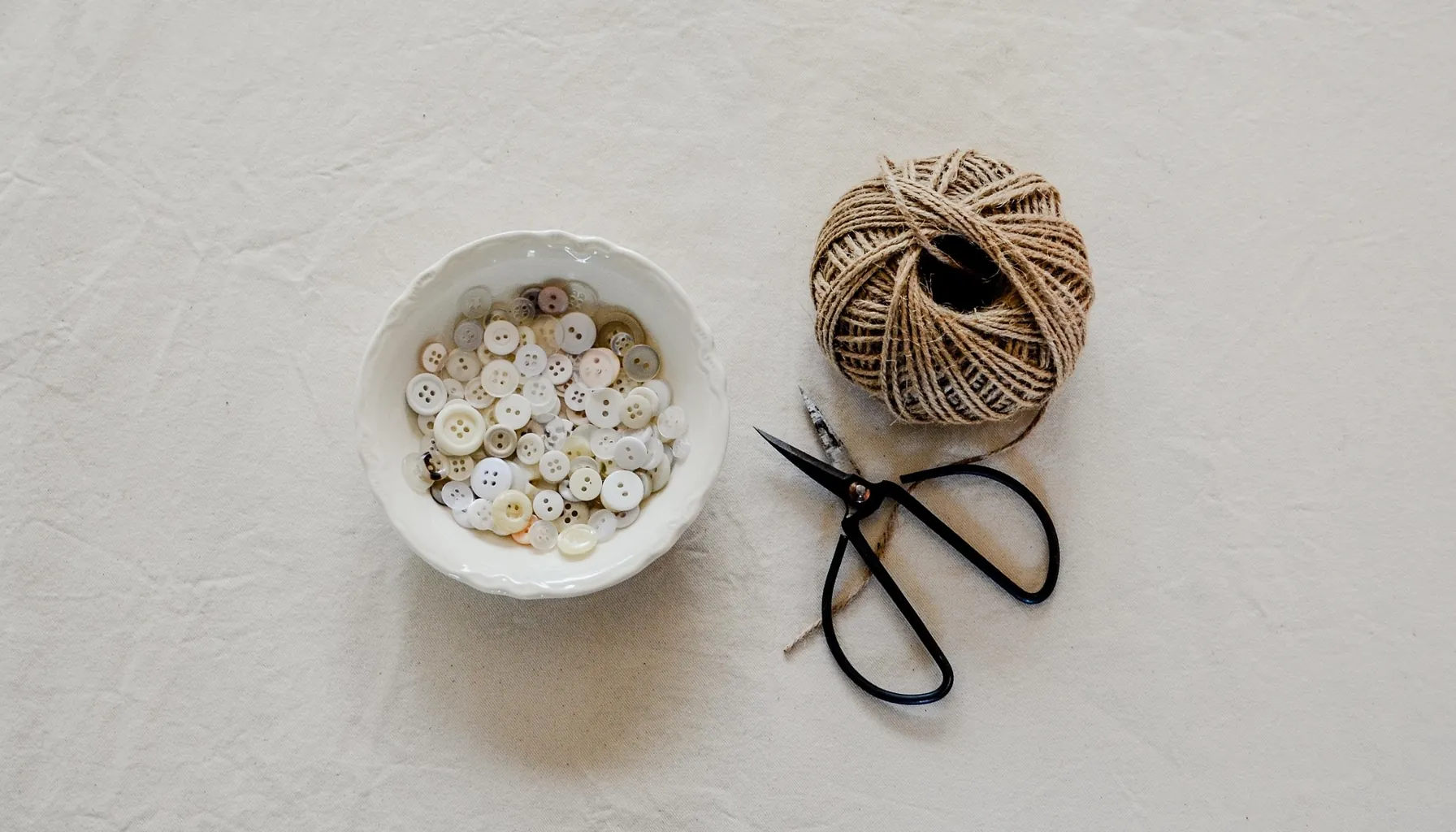Contents:
Everyone has their own fears: some are paralyzed by heights, others by insects. But there are also completely unexpected sources of anxiety. For some, the most ordinary buttons are a true challenge. This rare fear is called Koumpounophobia.
Despite its unusual nature, this condition has real manifestations: from mild dislike to panic attacks. People really started paying attention to this topic after it came out that Steve Jobs couldn’t stand buttons.
What is koumpounophobia and why can ordinary buttons evoke such intense fear? What sparks this condition, the way it plays out, and the paths to overcoming it all point to one truth: the mind doesn’t just live inside us — it spills into our routines, our culture, and even the technology we invent.
Incidentally, online brain games are useful for strengthening cognitive functions and training attention.

Koumpounophobia Meaning and Definition
The term combines the Greek word koumpouno ("button") and phobos ("fear"). The Greeks used beans (koumpouno) instead of buttons, and later the word came to refer to the object we know today. The Latin and Greek elements combined to form the name of a rare phobia.
Within psychiatric practice, koumpounophobia falls into the category of irrational fears — powerful enough to trigger anxiety, yet disconnected from actual risk.
Key characteristics:
avoidance of contact with the object (buttons on clothing, furniture, devices);
discomfort even from a visual image;
an automatic fear response that is difficult to control.
Psychologists point out that, much like other specific phobias, this fear may take root in childhood or surface later in adulthood, quietly shaping everyday routines.
Koumpounophobia Symptoms in Daily Life
Symptoms vary in intensity, but for most people they include:
a racing heart at the sight of buttons;
feelings of nausea or disgust;
a desire to leave immediately or find a distraction;
difficulty choosing clothes or attending events.
Sometimes these are accompanied by physical reactions, such as sweating, trembling, and muscle tension. Some people cannot calmly pronounce the word "buttons" or write it on paper.
Diversity of Fears Related to Buttons
Surprisingly, the range of fears is very broad:
aversion to plastic buttons (on shirts, jackets, children's clothing);
fear of old buttons — "dirty" or "worn with time";
anxiety about buttons on gadgets, remote controls, and keyboards;
avoidance of round objects resembling buttons (coins, pearls).

Koumpounophobia Causes
Why do buttons make some people laugh, while others panic? There's no universal answer. But experts identify several factors:
Traumatic childhood experiences. For example, a child may have choked on a button or witnessed such an incident.
Aversion to texture. Certain materials — shiny plastic or rough metal — evoke a feeling of disgust, sometimes even fear.
Associations with dirt and bacteria. An old box of buttons from grandma's chest is perceived as a source of contamination. This is reminiscent of deviant behavior: irrational actions that interfere with normal life.
Social experiences. Children who were teased for not being able to button their clothes sometimes retain persistent anxiety into adulthood.
Sometimes phobias are fueled by cultural imagery. For example, Neil Gaiman's novel and cartoon "Coraline" made buttons a symbol of an eerie, empty stare. For sensitive viewers, such a scene can act like a spark, igniting a very personal fear.
Koumpounophobia Steve Jobs and Technology Shift

Steve Jobs always sought simplicity in both things and in life. This is evident not only in his iPhones and MacBooks, but also in the way he dressed every day. Black turtlenecks without buttons were his way of getting rid of anything that irritated or distracted him. His dislike of small details in clothing evolved into something more: a habit of filtering out the unnecessary and retaining only what was meaningful.
Apple’s products still carry the imprint of this mindset. Jobs’s dislike of buttons forced the team to search for bold alternatives. First came the iPod with its smooth touch wheel, and then the iPhone, a breakthrough device ruled entirely by the screen. For users, it was a revelation: the phone was no longer a cluster of keys but a world navigated by touch.
The impact turned out to be massive. Touchscreens quickly overtook button phones, changing how millions interacted with technology and steering design in a new direction. What’s striking is that the starting point wasn’t pure engineering, but something as personal as one man’s dislike.
Daily Impact of Koumpounophobia
A fear of buttons can change your lifestyle. People prefer clothes with zippers or Velcro and avoid formal events where there are many suits. Sometimes they have to spend extra time finding suitable clothes or ordering custom-made ones without buttons.
Lifestyle Adaptations
In everyday life, people with this phobia develop their own "safety strategies":
buy only clothes with alternative fastenings;
choose square-shaped accessories over round ones;
refuse to use devices with physical buttons;
avoid keeping boxes of old buttons in the house.
Koumpounophobia Treatment

Cognitive behavioral therapy works like brain training. Imagine a thought flashing in your head: "Buttons are dangerous" or "I can't handle this." It used to trigger panic, but now you learn to catch it and replace it with a calmer one. Over time, fear stops controlling you; instead, you begin to control your reactions.
Exposure therapy goes further: the person is gradually exposed to what they're avoiding. At first, these might be photographs or short videos, then actual buttons. Everything is supervised by a specialist, so the fear gradually loses its hold.
Hypnotherapy is used when the roots of the phobia are more deeply buried. Gentle immersion helps uncover forgotten associations and release tension that has been building for years.
Modern techniques have also added virtual reality: special programs create a safe space where you can "encounter" buttons and learn to react to them more calmly.
If a specific traumatic event underlies the phobia, trauma therapy is used. It helps process the painful memory and take away its power so it no longer triggers the fear.
It's important for family and friends to be patient. Laughter or judgment only reinforce the feeling of isolation. It's much more effective to gently support the person, offering them comfortable conditions.
Table: Possible Therapeutic Approaches
Method | Essence | Suitable for |
Cognitive-behavioral | Working with thoughts and reactions | Mild to moderate cases |
Exposure therapy | Gradual contact with buttons | Moderate manifestations |
Virtual reality | Simulation of situations with buttons | Severe form |
Hypnosis | Working with the subconscious | Individually |
Phobias with Similar Triggers
Mysophobia (fear of germs) often accompanies an aversion to old buttons.
Trypophobia (fear of clusters of round holes) can exacerbate the reaction to the button's shape.
There’s also a suggested link to the fear of little round things — coins, beads, and similar objects.
Psychological and Social Aspects

The rarity of this fear doesn't make it any less significant. For those affected, it can mean:
avoidance of social situations;
difficulty choosing a career (for example, working in the fashion industry becomes impossible);
lowered self-esteem due to the unusual nature of the problem.
According to research, approximately 12.5% of adults in the US experience some form of specific phobia at least once in their lives.
Table: Everyday Difficulties Faced by Koumpounophobia Sufferers
Situation | Possible Reaction | Alternative Solution |
Choosing clothes | Panic, refusal | Clothes with zippers/Velcro |
Invitation to a wedding | Avoidance | Limited participation, choosing a neutral outfit |
Using gadgets | Anxiety | Touchscreens, voice control |
Household items | Disgust | Replacing the design with square or smooth elements |
Living With Koumpounophobia
Living with such fear is a constant reminder of little things that keep you on guard. Some spend hours rummaging through clothes in stores just to find something with zippers or Velcro. Others try to avoid parties and weddings where everyone is wearing suits and dresses with buttons. And some simply look down because they're surrounded by people in different clothes.
Over time, the tension becomes almost unnoticeable, like background noise. But even if buttons seem like an insurmountable obstacle, there's still a way out.
Many find relief in simple habits that are easy to incorporate into their daily lives:
short breathing pauses to ease tension;
concentration exercises that bring their attention back to the here and now;
relaxation techniques — from gentle stretching to meditation.
And you can also support your mental health with digital tools. For example, the Mind Elevate app offers workouts that:
develop attention,
improve memory,
help distract from obsessive thoughts.

Looking Ahead
Rare phobias remind us that everyone's mind is structured differently. For one, buttons are just a wardrobe essential; for another, they're a source of genuine terror. But even walls like these can be climbed over.
When therapy, support, and a desire to change come into your life, fear stops to define your every step. And little by little, what once held you down turns into an experience that builds resilience and self-trust.





